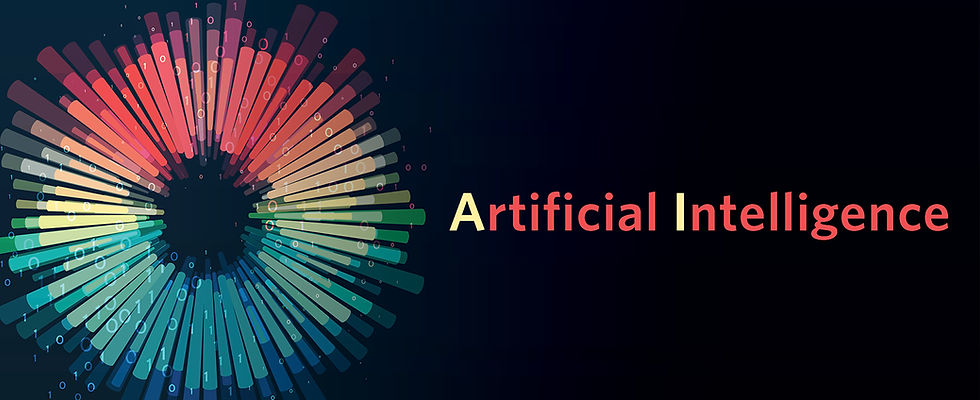USPTO AI Guidance for Lawyers: You can use AI - but don't blame it for your mistakes.
- Josh Waterston

- Apr 10, 2024
- 2 min read
Updated: May 17, 2024

Today, the USPTO issued its new guidance on using AI. This is for lawyers and others who practice before the patent and trademark office, and builds upon its internal guidance from this past February.
The document is "Guidance on Use of Artificial Intelligence-Based Tools in Practice Before the United States Patent and Trademark Office", released this morning (Press release here / draft Federal Register notice here), and is similar to its internal guidance to the PTAB and TTAB on February 6th. The guidance (especially Section III) clarifies to practitioners that:
Existing rules still apply (candor, good faith, review and certification of submissions, confidentiality, etc.).
Don't blame AI. The PTO recognizes that AI tools exist (for example, patent practitioners can use AI tools for prior art searches) and are permitted, but practitioners are responsible for signing off on all submissions.
Practitioners are responsible for reviewing and fixing errors and omissions in a document that was drafted with AI tools.
Ed. note: Filing a document with known errors remains a bad idea.
Using AI can result in inadvertent disclosure of confidential information. "This can happen, for example, when aspects of an invention are input into AI systems to perform prior art searches or generate drafts of specification, claims, or responses to Office actions."
Ed. note: From a trademark perspective, using AI tools to research responses to Office Actions could disclose client confidential information, such as strategy and other sensitive business data.
AI tools can't sign up for USPTO accounts. "USPTO.gov accounts are limited to natural persons and cannot be obtained by non-natural persons... [and] practitioners may not sponsor AI tools as a support staff individual to obtain an account." Ed. note: I'm impressed that they thought of the loophole of claiming that an AI tool could be a "support staff individual"
Don't misuse AI. Using AI tools to commit fraud or intentional misconduct involving submissions or the PTO website itself would be very much frowned upon.
Summary: much like the February 6th guidance to the PTAB and TTAB, this guidance reiterates that existing rules apply to AI tools. My further takeaway is that lawyers need to be diligent to not violate client confidentiality obligations, need to review the output of AI tools (which we don't generally need to do with Lexis or Westlaw, for example), and essentially that lawyers can't use AI as an excuse if something goes wrong. The buck stops with us.
(Hat tip to Lewis Sorokin for his LinkedIn post this morning on a new draft AI copyright law and on the new USPTO guidance).
We'll be presenting, along with Fred Wilf, at the Pennsylvania Bar Institute's annual Technology Institute on April 25th (live webcast CLE), on the topic "Who Owns That? - Guiding Intellectual Property Clients Through the A.I. Labyrinth."
We hope to see you there.



